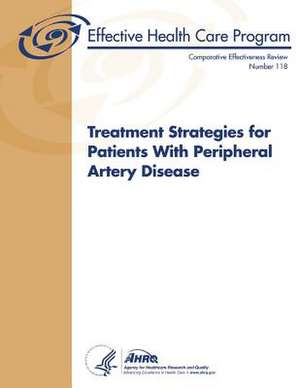Treatment Strategies for Patients with Peripheral Artery Disease
Autor U. S. Department of Heal Human Services, Agency for Healthcare Resea And Qualityen Limba Engleză Paperback
Preț: 177.40 lei
Preț vechi: 186.73 lei
-5% Nou
Puncte Express: 266
Preț estimativ în valută:
33.96€ • 36.90$ • 28.54£
33.96€ • 36.90$ • 28.54£
Carte indisponibilă temporar
Doresc să fiu notificat când acest titlu va fi disponibil:
Se trimite...
Preluare comenzi: 021 569.72.76
Specificații
ISBN-13: 9781491081259
ISBN-10: 1491081252
Pagini: 366
Dimensiuni: 216 x 280 x 19 mm
Greutate: 0.85 kg
Editura: CREATESPACE
ISBN-10: 1491081252
Pagini: 366
Dimensiuni: 216 x 280 x 19 mm
Greutate: 0.85 kg
Editura: CREATESPACE
